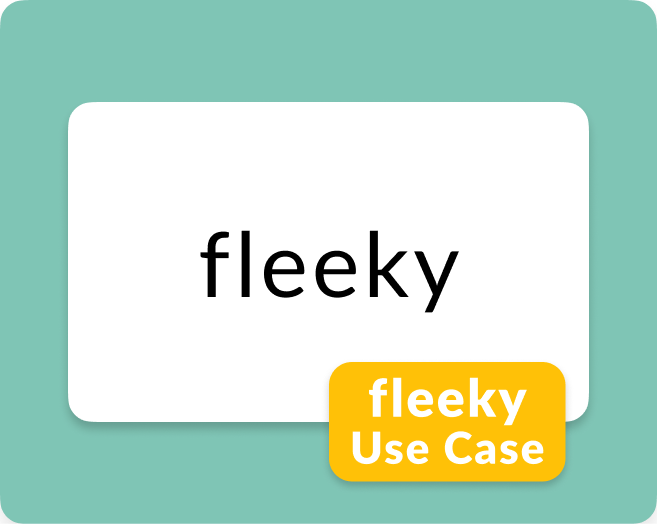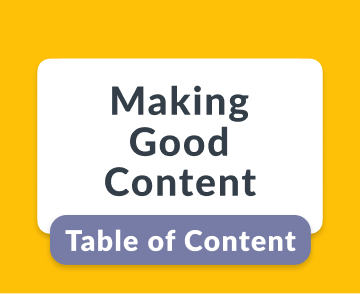We’re believers in headless CMS.
After all, we’re building one - they offer more flexibility and better performance than traditional CMS.
But what exactly makes them better? And should you be using one?
Distinguishing between Headless and Monolithic CMS
The difference is quite simple, really:
- A headless CMS separates the front end and the back end.
- A monolithic CMS (like WordPress) keeps them together.
When you keep both together, any changes you make on the front end require changes on the back end and vice versa. However, in a headless CMS, these two components are kept separate, are kept separate, giving you more flexibility and scalability.
Should you use a headless CMS? A checklist
While powerful, a headless CMS might not be your best solution.
See if you check at least one of these boxes, and you’ll know if you should be using a headless CMS:
- Do you present your content on different platforms? This could include a website, a mobile app, a web app, a smartwatch app, etc.
- Do you plan to scale your content creation, and do you count on getting a lot of pageviews?
- Do you struggle with page load times, or do you want to be sure your content loads fast?
- Do you want to have custom control over how you present your content?
- Do you want to integrate your content with other parts of your business, such as CRM or marketing automation platforms?
If you checked at least one of these, great! Otherwise, that only means a traditional CMS is a better fit.
Where does headless CMS shine?
It’s flexible. You can move fast. Imagine you have a website and a web app. If you want to change the content on the web app with a monolithic CMS, you would have to make changes to the backend. That, in turn, consumes time from the developers - it’s much slower.
- It’s flexible. You can move fast. Imagine you have a website and a web app. If you want to change the content on the web app with a monolithic CMS, you would have to make changes to the backend. That, in turn, consumes time from the developers - it’s much slower. With a headless CMS, you only need to change the text quickly, and voilà - it’s done!
- It’s scalable. Both in the speed at which the content loads and the demands of a growing content strategy. You won’t have to change the backend to add the next 1,000 articles or even 10,000. Besides, a headless CMS like Notice uses lightweight technology that assures good page load performance. And that means happier users and better SEO rankings!
- You have control. Want to change how it looks? No problem - you have total control over how it looks and feels. With a monolithic CMS, you’re often stuck with whatever templates they provide.
- Integrate with other tools. That is the silver bullet. A headless CMS will interconnect all of your marketing stacks. CRMs, e-commerce systems, marketing automation tools - you can connect all of them, saving time and money instead of doing repetitive tasks.
Therefore, this distinction can be summed up this way:
- Do you plan to write content casually without many requirements? Go for a monolithic CMS.
- Do you plan to use your content to grow your startup and scale thanks to it? Get a headless CMS.
Hope this helps you in making a choice!



